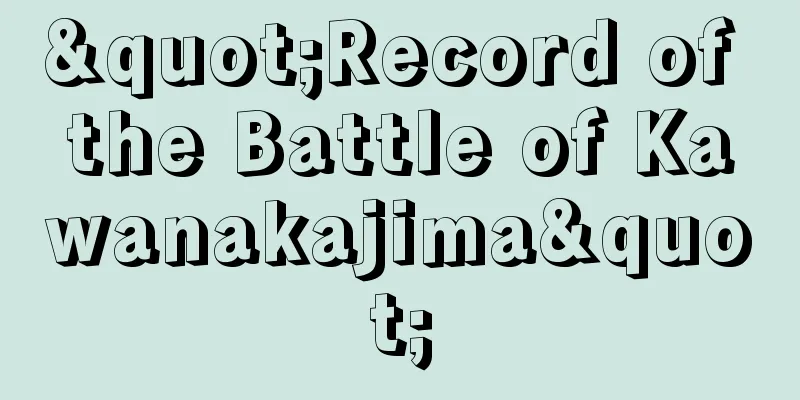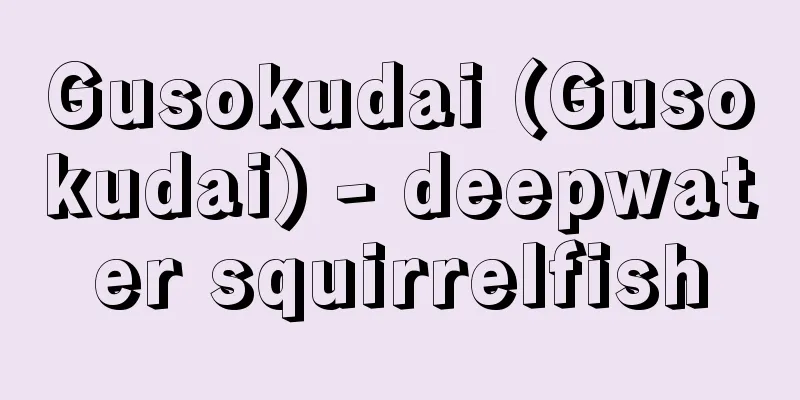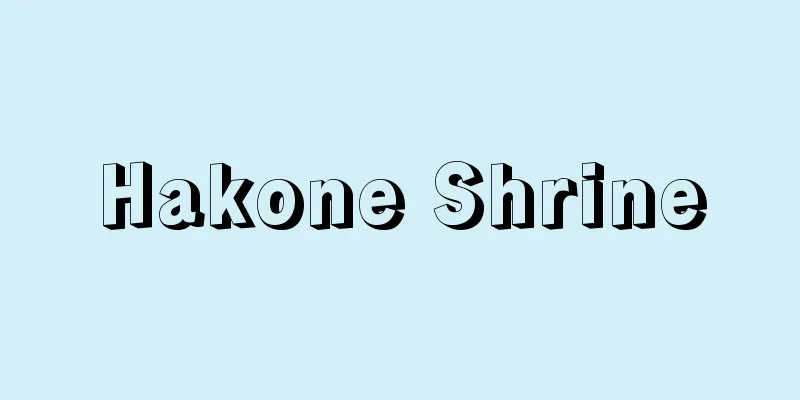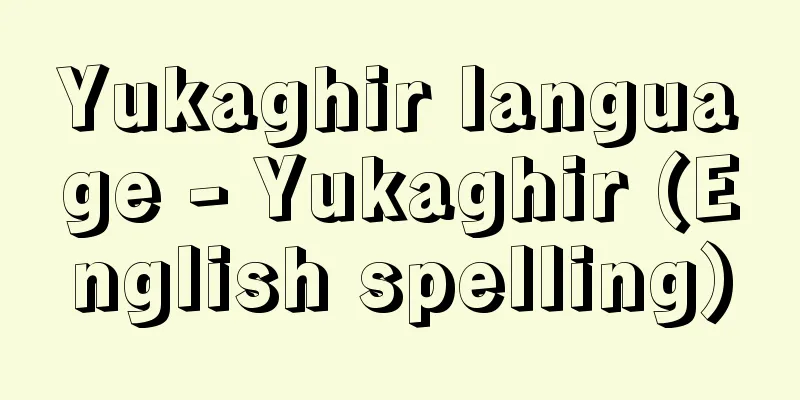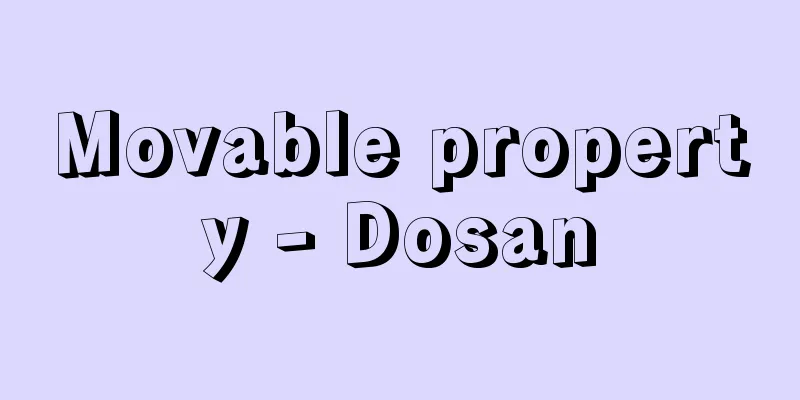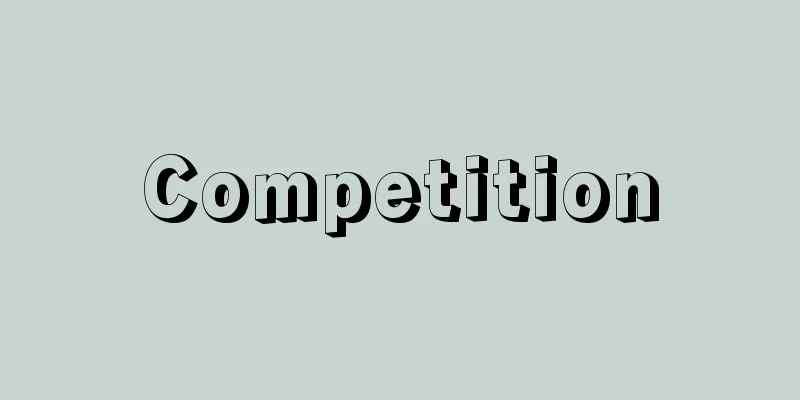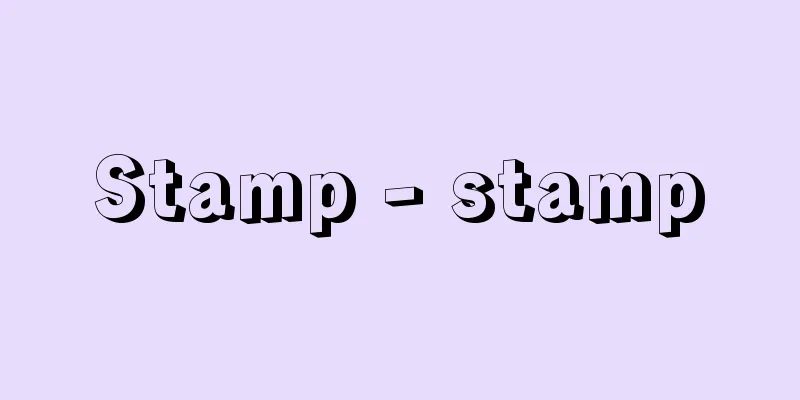Appeal - Jokoku
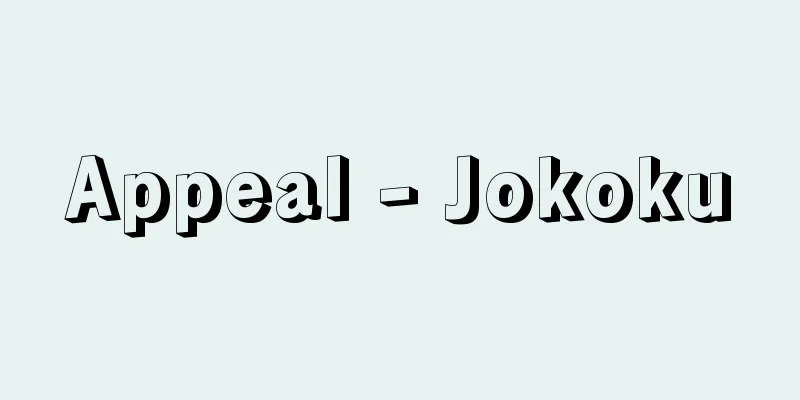
|
In procedural law, an appeal is made to a court of appellate or higher level regarding an unfinal judgment. [Ichiro Uchida] Appeals in criminal casesAn appeal is a type of appeal in which a request is made for a remedial action by the Supreme Court against a judgment of the first or second instance handed down by a high court. The person filing the appeal must submit a petition to the original court and a brief to the appellate court. The brief must state the grounds for the appeal in accordance with the rules of the court. The grounds for appeal are the following violations of the Constitution and precedent (Article 405 of the Code of Criminal Procedure): (1) There is a violation of the Constitution or an error in the interpretation of the Constitution. In principle, the provisions regarding appeals are applied mutatis mutandis to appellate trials, and there is no need to summon the defendant to the trial date. Cases that have been determined to be unconstitutional must be tried first. Appellate trials include judgments to dismiss an appeal, judgments to set aside the original judgment, judgments to transfer the case to be set aside, judgments to set aside and remand the case, judgments to set aside and remand the case, judgments to correct the case, and decisions to dismiss a request for correction. In other words, when there are grounds for appeal, the appellate court must, in principle, set aside the original judgment by judgment. Furthermore, even if there are no grounds for appeal, the appellate court may set aside the original judgment by judgment if it finds that it would be extremely unjust if the original judgment were not set aside for any of the following reasons (Criminal Procedure Code, Article 411). (1) There is a violation of laws and regulations that should affect the judgment. Appeals in civil casesAn appeal is filed in the appellate court (Supreme Court or High Court) to seek the overturning of an unfinalized final judgment of the second instance court (in the case of a high court being the first instance court or a jump appeal, the final judgment of the first instance court) on the grounds that it violates the interpretation and application of laws and regulations. The appellate court is bound by the facts established in the original judgment (Article 321, Paragraph 1 of the same law) and uses these as a basis to determine whether the application of the law is correct. Therefore, the case is transferred to the appellate court in the state it was in at the end of the oral argument in the appellate court. Therefore, in the appellate court, the parties cannot submit new arguments or evidence regarding the facts of the case to challenge the factual findings of the original court (in this respect, it differs from the appellate court, which is a continuation of the first instance). When an appeal is filed, the finality of the original judgment is blocked, as in the appellate court, and the effect of suspending the occurrence of enforcement is created. In the appeal court, the appellant's claim of dissatisfaction with the original judgment is limited to those based on violation of laws and regulations. In other words, an appeal can be made "when the judgment contains an erroneous interpretation of the Constitution or other violation of the Constitution" (Civil Procedure Act, Article 312, Paragraph 1). In addition, an appeal to a high court can also be made on the grounds of a violation of laws and regulations that clearly affect the judgment (Civil Procedure Act, Article 312, Paragraph 3). Since violations of general laws other than the Constitution clearly affect the judgment, it is necessary that there is a causal relationship between the violation of laws and regulations and the content of the judgment, that is, the main text of the judgment. In this case, laws and regulations referred to as violations of laws and regulations include the Constitution, laws, orders, regulations, ordinances and rules of local governments, and international treaties and agreements that Japan has concluded or joined. Violations of laws and regulations can be caused by a misinterpretation of the law by the original court or by a mistake in the way the law is applied to the specific facts. Violations of laws and regulations as grounds for appeal include cases where the legal judgment in the original judgment was unjust (error of judgment) and cases where there was an illegal procedure in the legal procedure on which the judgment was based (procedural error). The laws and regulations that are violated in errors of judgment are primarily substantive law, while in procedural errors they are primarily procedural law. Absolute grounds for appeal are particularly serious violations of procedural laws that always serve as grounds for appeal, regardless of whether they affect the judgment, and are listed in Article 312, Paragraph 2 of the Code of Civil Procedure. Even if something is not listed as an absolute ground for appeal, if it falls under the grounds for a suit for retrial (listed in Article 338, Paragraph 1 of the same code), it is considered that it can essentially be a ground for appeal. [Takeyoshi Uchida and Tetsuo Kato] In addition, in cases where normal appeals are no longer possible (such as final judgments handed down by a high court as an appellate court, or final judgments handed down by a district court as a second instance court), a further appeal can be made to the Supreme Court only if there is an error in the interpretation of the Constitution or a violation of the Constitution (special appeal, Article 327 of the Civil Procedure Act). The 1996 amendment to the Code of Civil Procedure (effective January 1, 1998) provided that in cases of appeals to the Supreme Court on the grounds that the original judgment contains a ruling that contradicts previous Supreme Court precedents and contains important matters regarding the interpretation of laws and regulations, the Supreme Court may accept such cases by decision upon petition (petition for acceptance of appeal, Article 318, Paragraph 1 of the Code). This is called a discretionary appeal. When such a decision to accept is made, it is deemed that an appeal has been made (Article 318, Paragraph 4 of the Code). [Tetsuo Kato] [Reference] | | | | | | | | | | | | |Source: Shogakukan Encyclopedia Nipponica About Encyclopedia Nipponica Information | Legend |
|
訴訟法上、未確定の判決について控訴審以上の審級の裁判所になされる上訴。 [内田一郎] 刑事訴訟における上告高等裁判所がした第一審または第二審の判決に対して、最高裁判所の救済的裁判の請求をする、上訴の一つ。上告申立人は、申立書を原裁判所に差し出し、上告趣意書を上告裁判所に差し出さなければならない。上告趣意書には、裁判所の規則の定めるところにより、上告申立ての理由を明示しなければならない。 上告の理由は、以下の憲法違反および判例違反である(刑事訴訟法405条)。 (1)憲法の違反があること、または憲法の解釈に誤りがあること 上告審の審判については、原則として、控訴に関する規定が準用され、公判期日に被告人を召喚することを要しない。違憲判断事件については、優先してこれを審判しなければならない。上告審の裁判としては、上告棄却の判決、原判決破棄の判決、破棄移送の判決、破棄差戻しの判決、破棄自判、訂正の判決、訂正申立て棄却の決定がある。すなわち、上告裁判所は、上告理由があるときは、原則として、判決で原判決を破棄しなければならない。また上告裁判所は、上告申立て事由がない場合であっても、以下のうちいずれかの事由があって、原判決を破棄しなければ著しく正義に反すると認めるときは、判決で原判決を破棄することができる(刑事訴訟法411条)。 (1)判決に影響を及ぼすべき法令の違反があること 民事訴訟における上告第二審裁判所の未確定な終局判決(高等裁判所が第一審である場合や、跳躍上告の場合には、その第一審の終局判決)に対し、法令の解釈適用に違反あることを理由として、その破棄を求めるため上告裁判所(最高裁判所または高等裁判所)にする不服申立て。上告裁判所は原判決の確定した事実に拘束され(同法321条1項)、これを基礎として法律適用の当否を裁判する。したがって訴訟は、控訴審の口頭弁論終結時の状態で上告審へ移転する。そのため当事者も上告審においては、事件の事実関係について新しい主張や、証拠を提出して原審の事実認定を争うことはできない(この点で第一審の続行である控訴審とは異なる)。上告が提起されると、控訴審におけると同様に、原判決の確定が遮断されるとともに、執行力の発生を停止する効力が生ずる。 上告審においては、上告人の原判決に対する不服の主張を、法令違反を理由とするものに限っている。すなわち「判決に憲法の解釈の誤りがあることその他憲法の違反があるとき」に上告をすることができる(民事訴訟法312条1項)。また、高等裁判所に対する上告は、判決に影響を及ぼすことが明らかな法令の違反があることを理由とするときも、することができる(同法312条3項)。憲法以外の一般法令違反は、判決に影響を及ぼすことが明らかな場合であるから、法令違反と判決の内容つまり判決主文との間に因果関係があることが必要とされる。ここで法令違反という場合の法令とは、憲法、法律、命令、規則、地方公共団体の条例・規則、日本国の締結・加入した国際法上の条約・協定などをいう。法令違反の原因には、原裁判所が法令の解釈を誤解した場合と、具体的事実に法令を適用する際に適用の仕方を誤った場合とがある。そして上告理由としての法令違反には、原判決中の法律判断について不当な場合(判断の過誤)と、その前提となった訴訟手続において違法な処置のある場合(手続の過誤)とがある。違反される法令は、判断の過誤では主として実体法であり、手続の過誤では主として訴訟法である。また、絶対的上告理由は、手続法規の違反のうちとくに重大な違反のため、判決に影響を及ぼすか否かを問わず、つねに上告理由となるものをいい、それらは民事訴訟法第312条2項に列挙されている。なお、絶対的上告理由として列挙されていないものであっても、再審の訴えの事由(同法338条1項に列挙)に該当するものは、実質上、上告理由となりうると解されている。 [内田武吉・加藤哲夫] なお、通常の不服申立てができなくなった裁判(高等裁判所が上告審として下した終局判決、地方裁判所が第二審としてなした終局判決など)について、憲法の解釈の誤り、憲法違反がある場合に限り、さらに最高裁判所に上告することができるものとされている(特別上告、民事訴訟法327条)。 1996年(平成8)の民事訴訟法改正(1998年1月1日施行)では、最高裁判所に対する上告であって、それが、原判決にこれまでの最高裁判所の判例に反する判断があること、および法令解釈に重要な事項を含むことを理由とする場合には、最高裁判所は、かかる事件について、申立てにより、決定をもって事件を受理することができることとされた(上告受理の申立て、同法318条1項)。これを裁量上告という。かかる受理決定があったときは、上告があったものとみなされる(同法318条4項)。 [加藤哲夫] [参照項目] | | | | | | | | | | | | | | |出典 小学館 日本大百科全書(ニッポニカ)日本大百科全書(ニッポニカ)について 情報 | 凡例 |
Recommend
Chuncheon
A city in the western part of Gangwon Province, S...
Childcare leave - childcare leave
This is leave for childcare, and eligible workers...
Accidental Butterfly - Guusancho
It refers to butterflies that do not natively inh...
Pedigree registration
Pedigree registration is a method of identifying t...
Oyogi Nemushi - Oyogi Nemushi
A marine animal belonging to the phylum Nerviform...
Durbin-Watson ratio
It is one of the statistics to test whether there ...
Butt, I. (English spelling) ButtI
…Also called the Irish Parliamentary Party or the...
Kaarta
…In particular, Timbuktu, which was founded in th...
Gaijusek, DC - Gaijusek
…It is characterized by the degeneration and loss...
molecular elevation
… ⊿ T = K b n = K b w / M n is the amount of solu...
Women's Play - Onnashibai
〘 noun 〙① A play performed only by women. Also, th...
Inner ear - naiji
The inner ear contains the organs of hearing and ...
Chief Executive
The head of a government agency that exercises adm...
The Monk
…He studied at Oxford University and became a mem...
Covalent bond theory
...By examining the elemental composition of vari...
